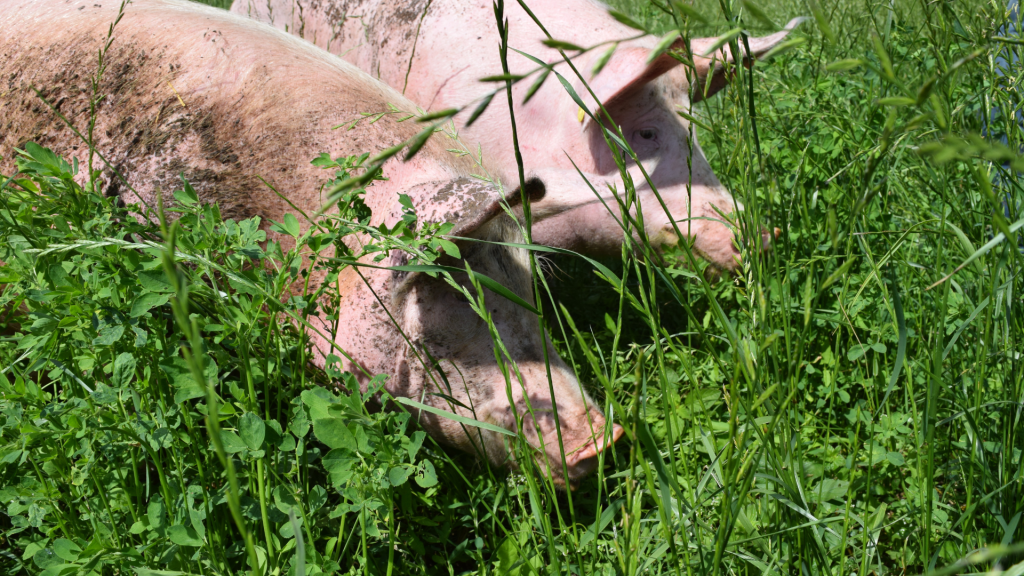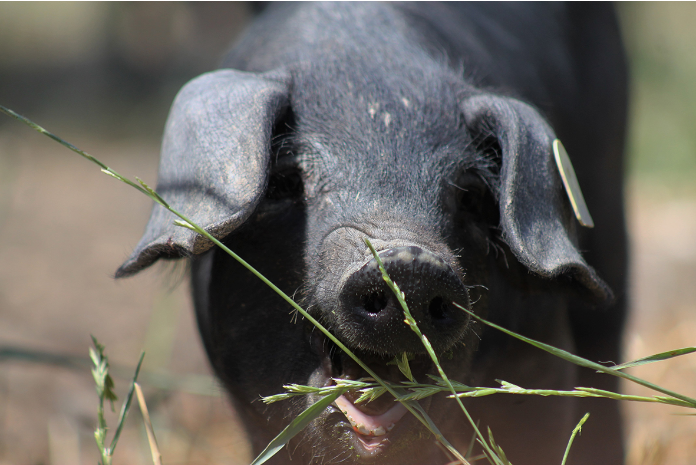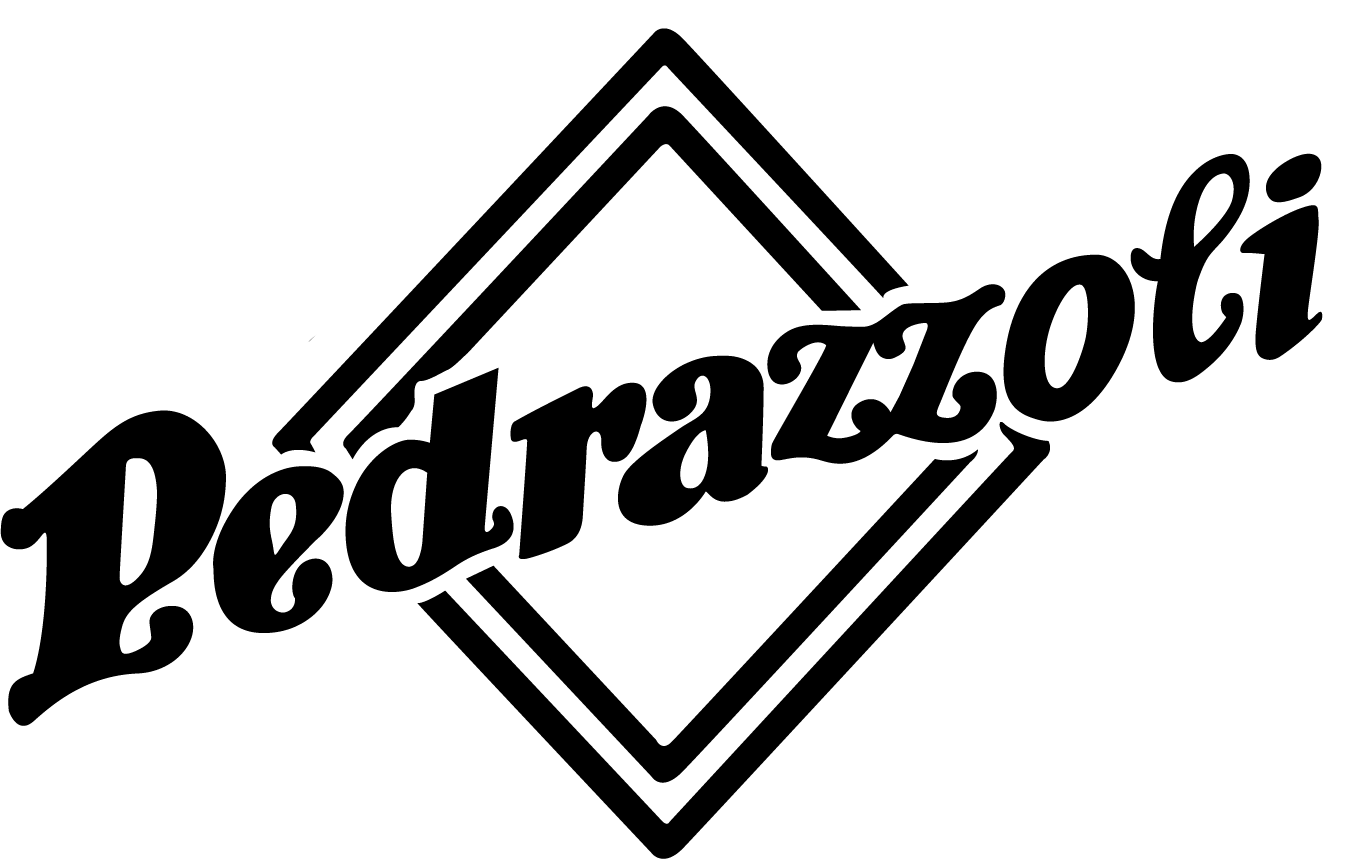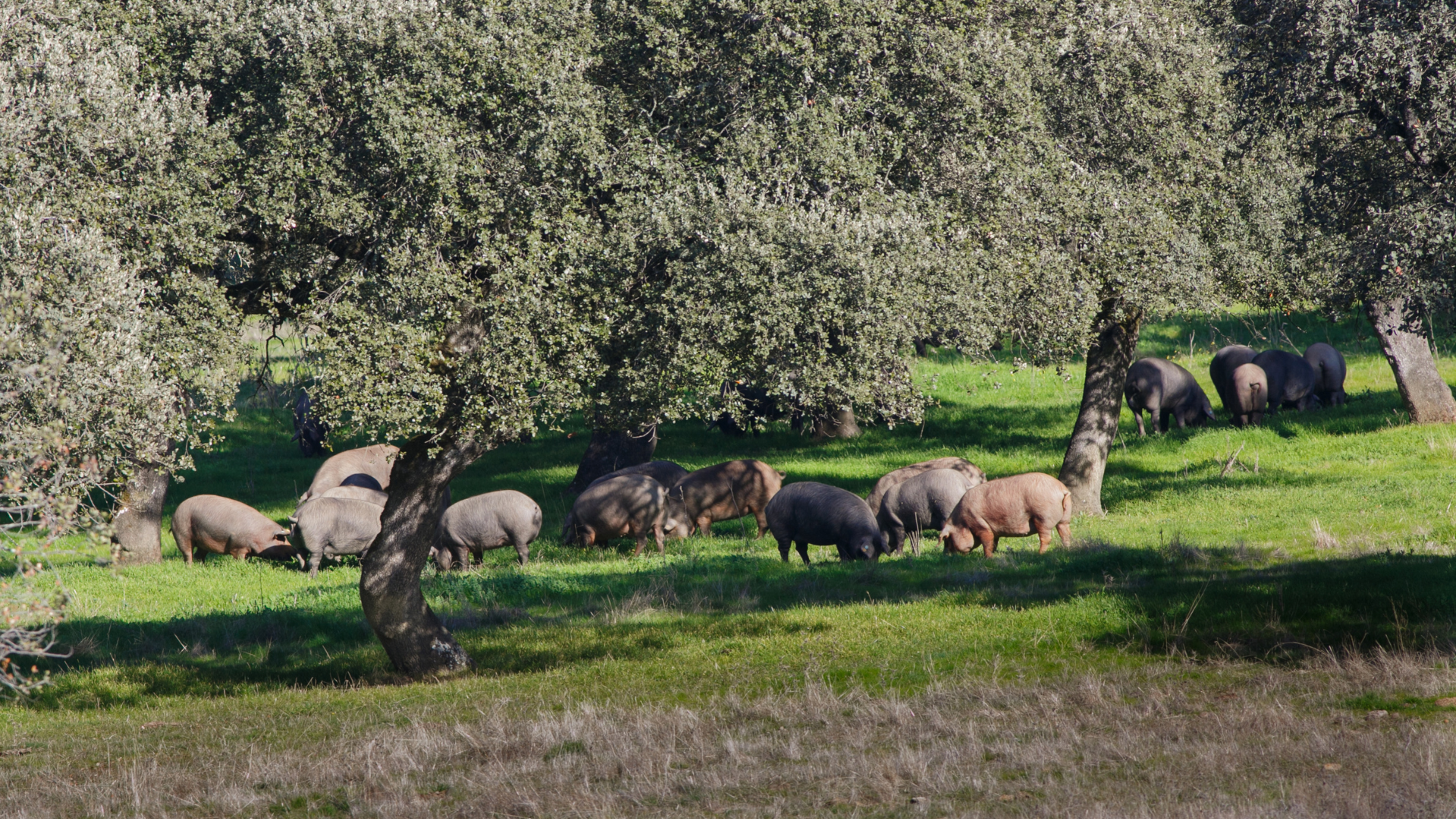In the world of cured meat production, attention to quality and ethics is increasingly central.
One of the cornerstones of our production philosophy is the enhancement of native pig breeds.
Often forgotten or little known, these breeds represent a unique and precious heritage—not only for biodiversity but also for the superior quality of cured meats obtained from their meat.
In this article, we explore the importance of native breeds and how they contribute to making our salumi truly one-of-a-kind.
What are native breeds?

Native breeds are animal species that, over the centuries, have adapted to specific geographical and climatic areas, developing unique characteristics linked to their territory.
They are often more resistant to disease and harsh environmental conditions thanks to natural selection over time.
However, with the industrialization of animal farming, many of these breeds have been gradually replaced by more productive species—less suited to organic and sustainable agriculture.
In Italy, there are several native pig breeds, which represent a valuable zootechnical and cultural asset. These breeds are often associated with traditional farming practices and regional specialty salumi.
The main native pig breeds in Italy
1. Cinta Senese
Origin: Tuscany
Characteristics: One of the oldest Italian breeds, recognizable by the white “belt” (cinta) across its black coat.
Cinta Senese pigs are raised outdoors, and their meat is rich in unsaturated fats, ideal for producing traditional salumi like prosciutto, salame, and finocchiona.
2. Sicilian Black Pig (Suino Nero Siciliano)
Origin: Sicily
Characteristics: Also known as “Suino Nero dei Nebrodi,” this rustic breed is raised in semi-wild conditions.
Its meat is especially flavorful and used for traditional Sicilian salumi such as sausage and soppressata.
3. Sardinian Black Pig (Suino Sardo)
Origin: Sardinia
Characteristics: Traditionally raised in Sardinia, this breed is known for its black coat and resilience.
Often raised semi-wild, its compact, flavorful meat is used in salumi like Sardinian sausage and ham.
4. Apulo-Calabrese (Calabrian Black Pig)
Origin: Calabria and Puglia
Characteristics: A rustic breed typical of Southern Italy, raised outdoors in a semi-wild state.
Its meat is used to make regional salumi such as soppressata calabrese and ‘nduja.
5. Casertana
Origin: Campania
Characteristics: An ancient breed from Campania, known for its lack of bristles (also called “Pelatella”).
It is very rustic and typically raised in hilly and mountainous areas.
Its meat is highly prized for traditional cured meats, such as Caserta ham.
6. Susa Pig (Piedmontese Black Pig)
Origin: Piedmont
Characteristics: Native to the Susa Valley, this mountain breed is raised primarily for local cured meat production.
Its meat is high-quality, thanks to slow growth and a natural diet.
7. Grigio del Casentino
Origin: Tuscany (Casentino region)
Characteristics: This pig has a distinctive gray coat and is raised in the Tuscan mountains, especially in the Casentino area.
Its meat is rich in flavor and used in traditional local salumi.
8. Nero di Calabria (Calabrian Black Pig)
Origin: Calabria
Characteristics: Raised mainly in semi-wild conditions in Calabrian forests, this breed offers rich, aromatic meat.
It is known for its adaptability to natural pastures and is used to produce regional specialties like soppressata and Calabrian sausage.
Italy’s native pig breeds represent a treasure of biodiversity that helps preserve regional food traditions, while also contributing to the production of high-quality meats.
Many of these breeds have been rediscovered and reappraised thanks to the growing focus on sustainability and organic farming
The native pig breeds of the Po Valley

Native pig breeds in Italy represent a treasure of biodiversity that allows for the preservation of regional food traditions while also contributing to the production of high-quality meat.
Many of these breeds have been rediscovered and re-evaluated thanks to the growing focus on sustainability and organic farming.
In the Po Valley, one of the most fertile and productive areas of Italy, some native pig breeds have been raised for centuries thanks to favorable environmental and climatic conditions.
Native pig breeds in this area are fewer compared to mountainous or island regions because the Po Valley has historically become a center for intensive pig farming.
However, some native breeds are closely tied to the region’s tradition and history.
Here are the main native breeds of the Po Valley:
1. Suino Nero di Parma
Origin: Emilia-Romagna (mainly in the province of Parma)
Characteristics: This ancient breed has been recently rediscovered and valued.
The Suino Nero di Parma is a rustic breed, well-suited to outdoor farming. It is distinguished by its dark coat, long wattles, and high-quality meat, rich in fat, ideal for producing premium cured meats such as our “Il Poggio di Nero” prosciutto from the Q+ line.
This breed is especially appreciated for its ability to grow slowly and naturally, giving the meat a unique savoriness.
2. Mora Romagnola
Origin: Emilia-Romagna (Romagna area)
Characteristics: Although native to the hills of Romagna, the Mora Romagnola is also raised in the flatlands of Emilia-Romagna.
It is a rustic breed, with a dark coat tending toward brown or black, and its meat is prized for the production of salami and prosciutto.
It is one of the few native pig breeds that has maintained a presence in the Po Valley area thanks to the renewed interest in its gastronomic value.
3. Suino Lombardo (Grigio Lombardo)
Origin: Lombardy
Characteristics: Although not very widespread, the Grigio Lombardo is a native breed of Lombardy that was once common in the region’s plains and hills.
This breed was nearly extinct, but recovery projects are now re-evaluating its qualities.
The Grigio Lombardo has a grey coat, similar to the Grigio del Casentino, and produces high-quality meat particularly suited for cured meat production.
Native breeds and sustainability
Raising native breeds aligns perfectly with organic farming philosophy, as these animals are adapted to less intensive environments and natural diets, reducing the need for artificial or chemical interventions.
At Salumificio Pedrazzoli, we invest in raising native breeds like the Suino Nero di Parma, an ancient and valuable breed that guarantees not only top-quality meat but also a reduced environmental impact.
Thanks to their genetic characteristics, these breeds require fewer resources than animals from intensive industrial farming. They are less demanding in terms of feed and space, and they grow more slowly and in balance with nature’s cycles.
This approach results in a lower ecological footprint and greater harmony with the environment.
Meat quality: a return to authentic flavors
Choosing native breeds is not only a matter of sustainability, but also of quality.
The meat from these breeds stands out for its rich, authentic flavor, resulting from a more natural diet and slower, unforced growth.
This aspect is especially important for our cured meats, where attention to the quality of the raw material is the first step to creating an excellent product.
For example, the Suino Nero di Parma produces more marbled meat, rich in unsaturated intramuscular fats similar to olive oil, giving our cured meats a softer texture and a more intense flavor.
This characteristic makes our products appreciated for their depth of flavor and ability to evoke traditional tastes.
Preserving biodiversity and local traditions
Another fundamental aspect of our commitment to raising native breeds is the desire to preserve biodiversity and local traditions.
Each breed represents a unique genetic resource that must be protected to ensure the biological and cultural diversity of our regions.
Raising native breeds also means contributing to the maintenance of traditional farming and livestock practices, which are an integral part of our cultural identity.
At Salumificio Pedrazzoli, we believe that the future of agriculture and food production must involve respect for traditions and the enhancement of local resources.
Only in this way can we offer an authentic and sustainable product, in harmony with the land and the communities that inhabit it.
Pedrazzoli’s commitment to native pig breeds
The decision to raise native breeds on our farms is an integral part of our approach to sustainability and quality.
This commitment translates into concrete benefits for those who choose our cured meats:
Environmental sustainability: we reduce our ecological impact and promote an environmentally respectful farming model.
Animal welfare: the animals grow in natural conditions, without stress and with a balanced organic diet.
Superior quality: meat from native breeds has an authentic flavor and unique texture, which is reflected in our cured meats.
Preservation of biodiversity: we help safeguard the genetic heritage of local breeds and keep traditions connected to our land alive.
Choosing native breeds represents a fundamental added value for our high-quality cured meat production.
We continue to invest in biodiversity and tradition, with the aim of offering our customers a product that is not only delicious, but also sustainable and respectful of the territory.
Choosing our cured meats means not only tasting a product of excellence, but also supporting an agricultural and food model that protects the environment and natural resources for a more sustainable and conscious future.


